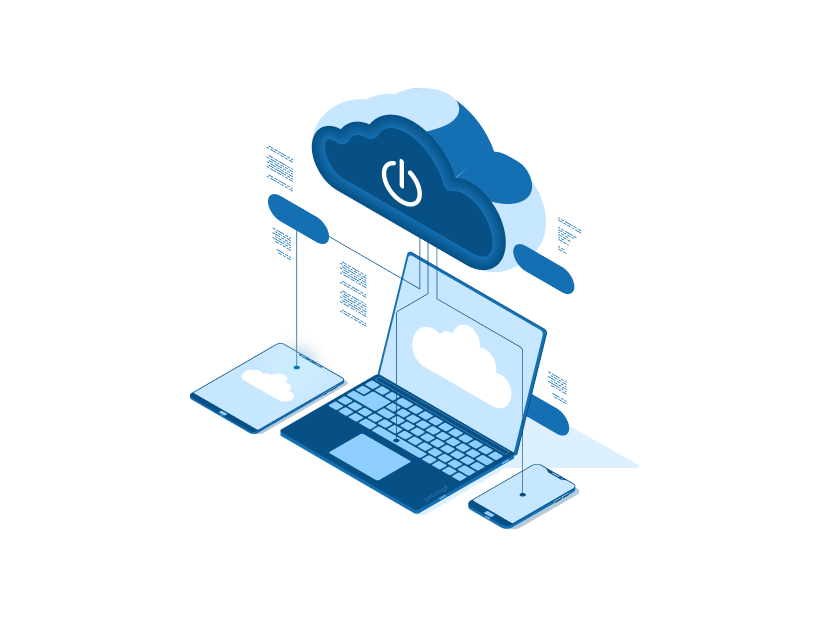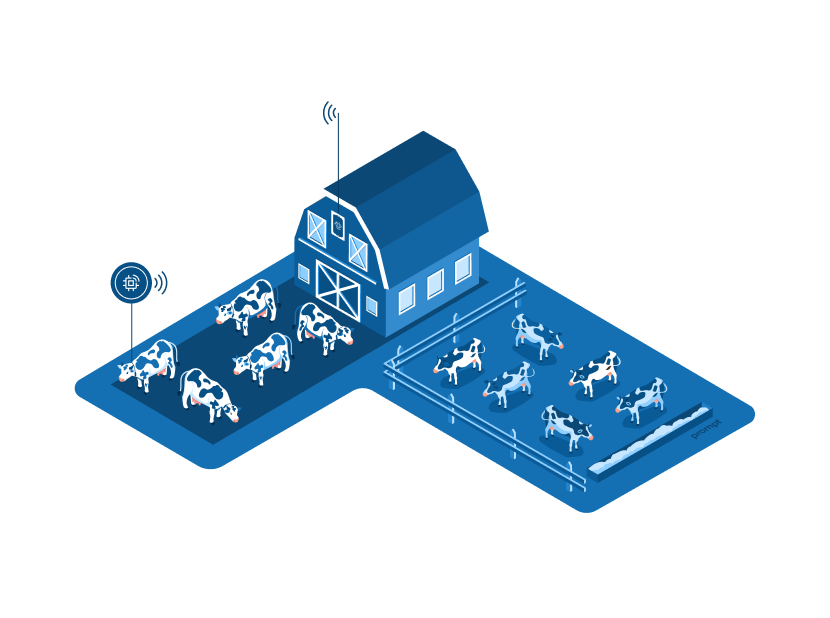The hospitality industry in India is evolving, but many low-budget hotels, Dharamshala, and cottages continue to face significant challenges in gaining online visibility. Major hotel booking platforms charge high commissions to property owners, often leaving them with low-profit margins. On top of this, high platform fees are passed on to customers, making the total cost of stays more expensive.
Our zero-commission hotel booking platform is designed to address these pain points by offering affordable booking solutions tailored explicitly for low-budget accommodations in India.
The Problem with Traditional Hotel Booking Platforms
Many well-known hotel booking platforms in India charge high commission rates, often up to 20-30%, leaving small property owners with little profit. This is especially problematic for low-budget hotels, Dharamshala, and cottages that provide affordable stays but can’t afford the high commissions these platforms demand.
For customers, the issue is high platform fees, which increase the cost of their stay. Budget-conscious travelers end up paying more than they initially expected for affordable accommodations.
Our Solution: A Zero Commission Hotel Booking Platform
Our platform was created with a straightforward mission: zero commission for property owners. By eliminating commission fees, we ensure that 100% of the revenue stays with the hotel, Dharamshala, or cottage owner.
This makes a huge difference for low-budget hotels and small accommodations in India. Owners can now list their properties without worrying about margins due to high commissions. This empowers them to offer competitive pricing and boosts their business sustainability.
Free Property Listings for Budget Accommodations
One of our platform’s core advantages is free property listings for low-budget hotels, Dharamshala, and cottages. We believe that every property, regardless of size or budget, should have the opportunity to reach a wider audience without the burden of listing fees. By offering free listings, we help property owners increase visibility and attract more bookings while keeping costs minimal.
Lower Platform Fees for Budget Travelers
We recognize that travelers, especially those seeking affordable stays, are burdened by high platform fees on most hotel booking platforms. Our platform counters this by charging minimal platform fees for customers, making it easier for them to find and book low-cost accommodations without surprise charges.
By keeping our platform fees low, we stay true to our goal of making travel more accessible and affordable for everyone, especially those seeking budget hotels, Dharamshala, and cottages for their stays in India.
Tailored for India’s Low-Budget Stays
India has many budget accommodations, including serene cottages, traditional Dharamshala, and simple but comfortable budget hotels. Unfortunately, many of these establishments struggle to compete on traditional platforms due to high listing costs and commissions.
Our zero-commission hotel booking platform is uniquely designed to cater to this sector. Whether a small hotel in a bustling tourist destination or a peaceful Dharamshala serving pilgrims, we provide a comprehensive solution that allows property owners to list, manage bookings, and offer dynamic pricing without paying any commission.
The Technology Behind the Platform
A zero-commission booking platform is built with a robust technological infrastructure designed to provide a seamless experience for property owners and travelers. The platform utilizes algorithms to match travelers with the most suitable properties based on their preferences, budget, and location requirements.
Key technological features include:
- Mobile-responsive design for easy booking on-the-go
- Integration with mapping services for accurate location information
- AI-powered chatbots for instant customer support
- Secure payment gateway with multiple payment options
The platform also provides property owners a user-friendly dashboard to manage their listings, update availability, and communicate with guests. This technology-driven approach ensures efficiency and transparency throughout the booking process.
Why Choose Our Platform?
- Zero Commission for Property Owners: Hotel owners should keep 100% of their earnings.
- Lower Platform Fees for Travelers: By reducing fees, we ensure that affordable stays remain genuinely affordable.
- Designed for India’s Budget Market: Our platform is built specifically for low-budget hotels, Dharamshala, and cottages in India, giving them a cost-effective way to manage bookings.
For more information, email us at sales@panthsoftech.com or call/WhatsApp us at +91 757 482 0252.










